“We need to work harder to make sure that everyone has equal opportunity to make that work”
Read MoreSan Francisco Ballet in Marston's Snowblind. (© Erik Tomasson)

San Francisco Ballet in Marston's Snowblind. (© Erik Tomasson)
“We need to work harder to make sure that everyone has equal opportunity to make that work”
Read More
“Sounds like a Hallmark Card, but focus on what your gift is, what your talent is, what you are. Know that if someone’s offered you a job it is because they have seen something individual in you and try and cherish that. […] Don’t try and be someone else. […] There is nothing more exciting than seeing a dancer who is completely individual. They don’t need to be perfect, but to have that flame inside.”
Read More
Image credit: Catherine Evans Piotr Pietrus
Dance often relies heavily on strong collaborations; a synergy between movement and music, choreography and the body, lighting and sound.
Read More
Photo credit Justin Ridler.
“With dance it sort of felt right, I felt I could be myself and express myself, when I was dancing.”
Read More
IETM Ball 2014 - Produced by Tristan Meecham © Image by Bryony Jackson
“I have committed to rest of my dancing life, to making dance as inclusive as possible because my experience was very welcoming.”

“The biggest role of being a curator is to be a storyteller, because ultimately you want to invite people in and share something that you think is wonderful with an audience.”
Read MoreImage from Vessel
Image from Vessel
Image from Vessel
Image from Vessel
Image from Vessel
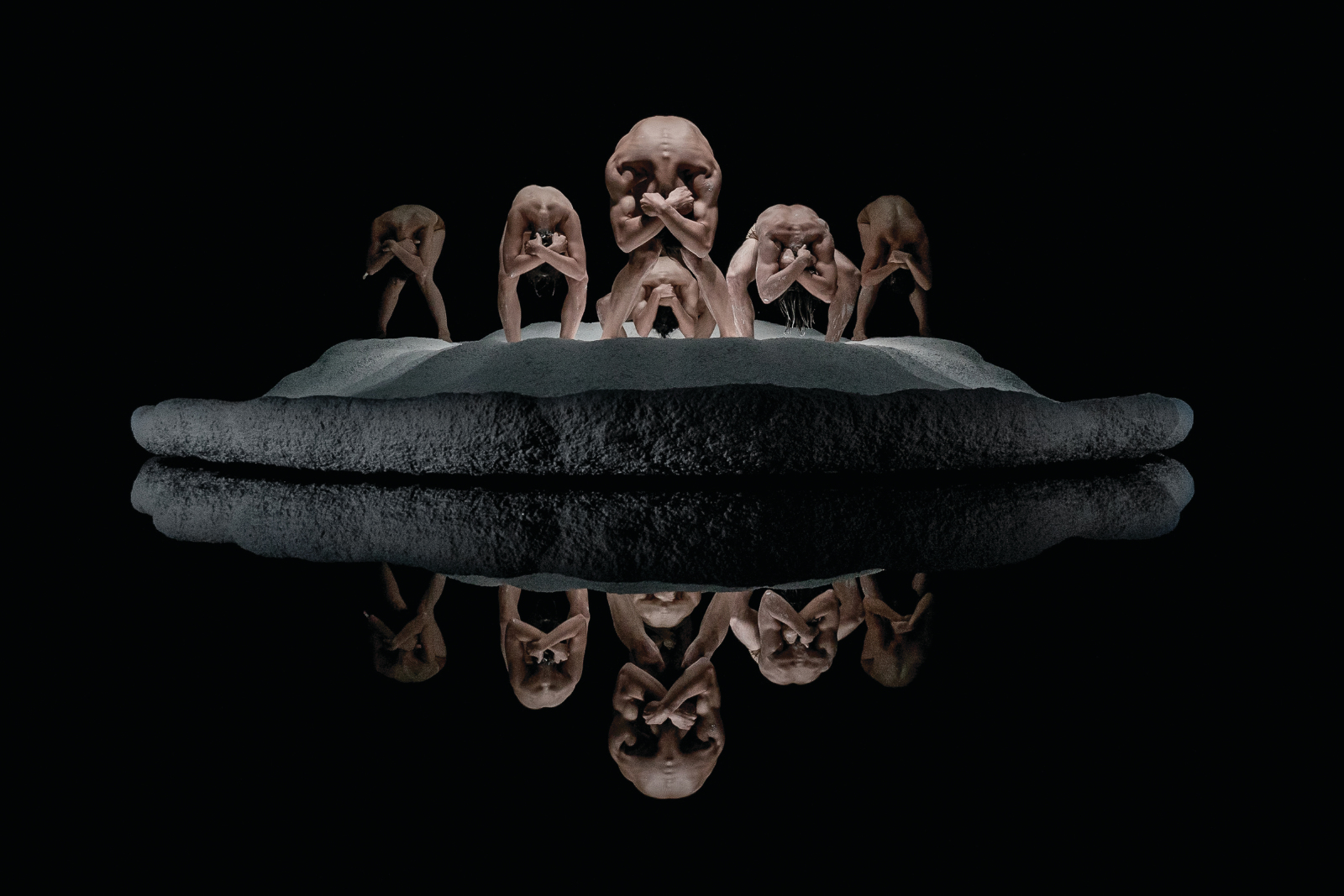
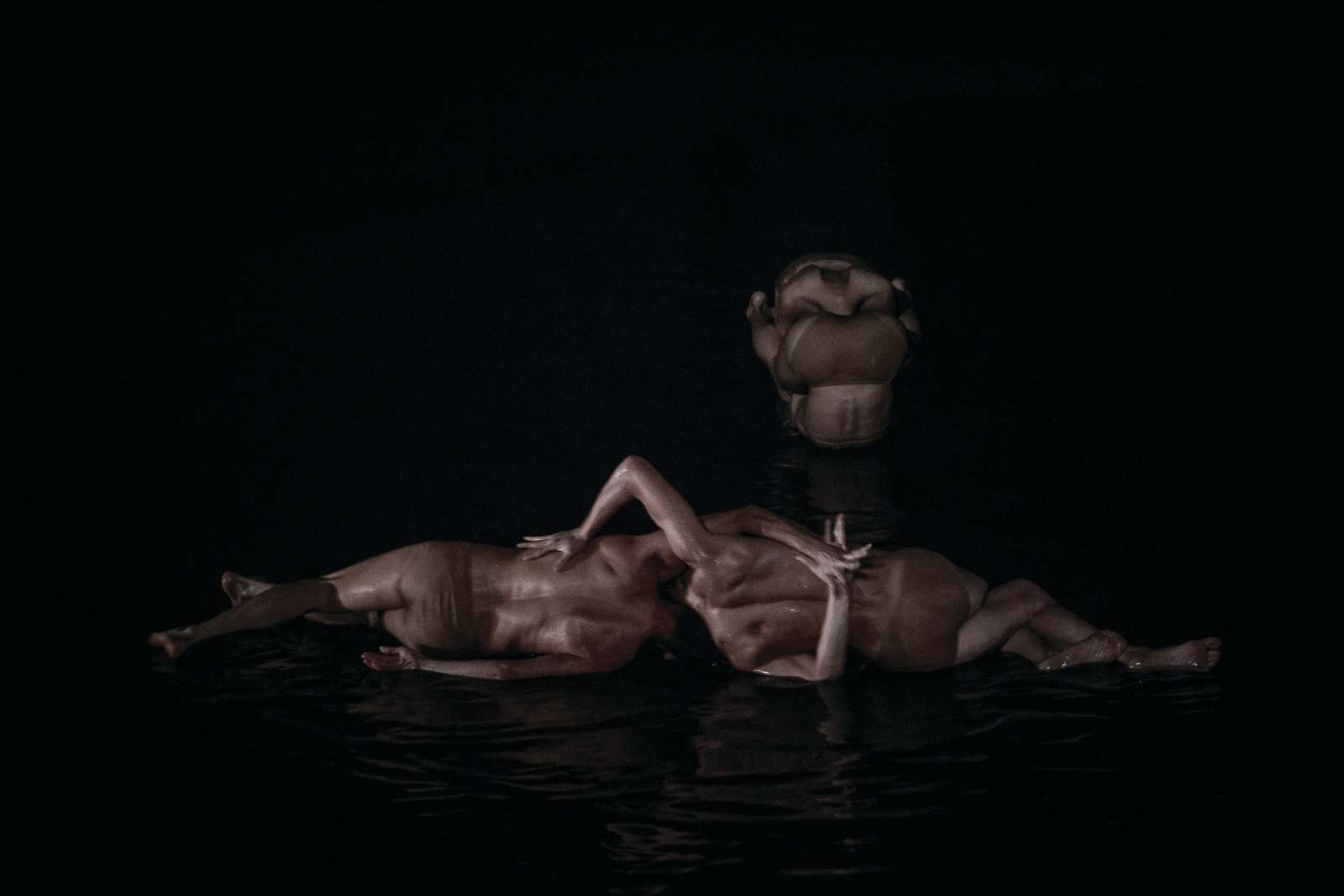
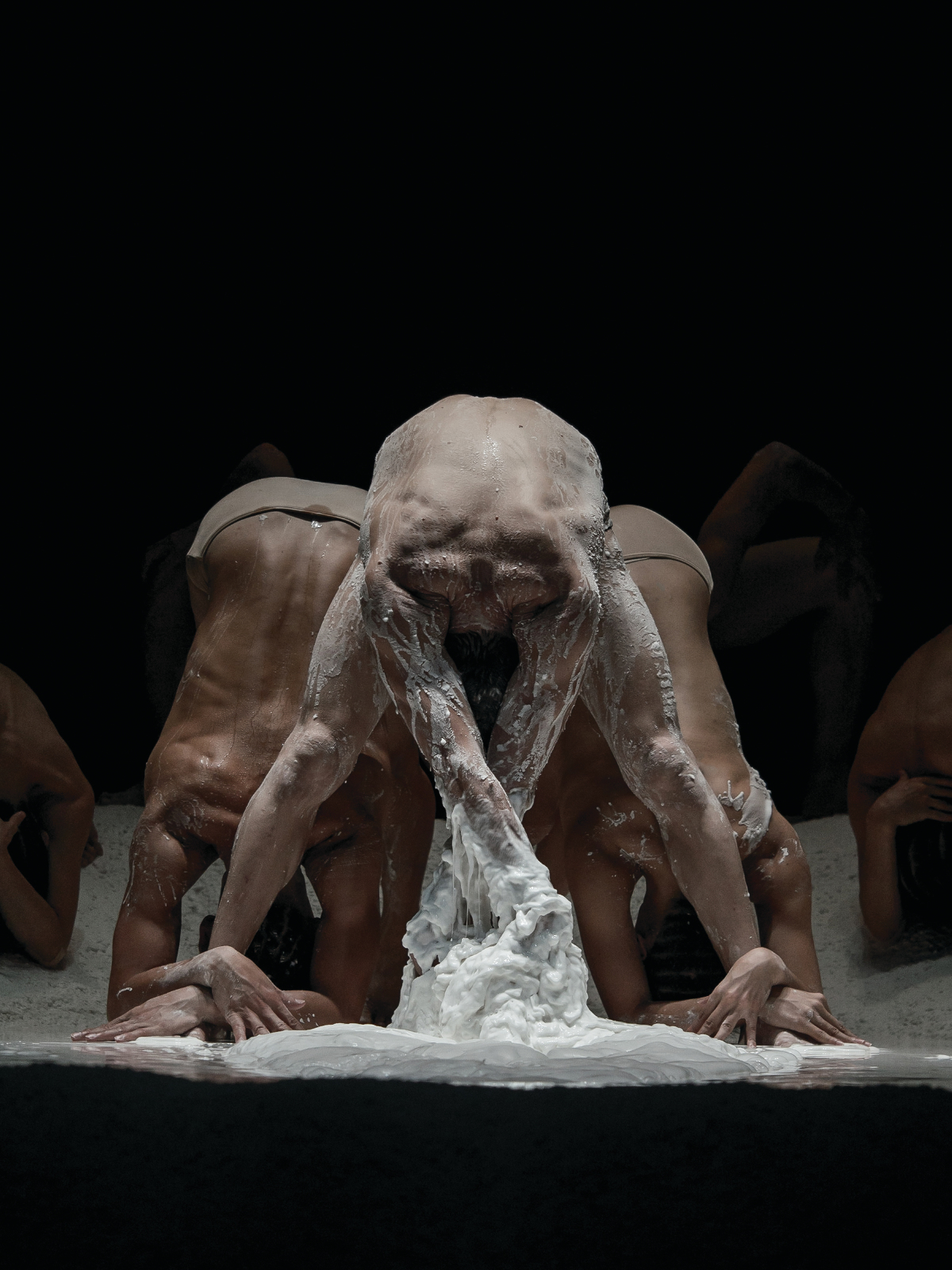
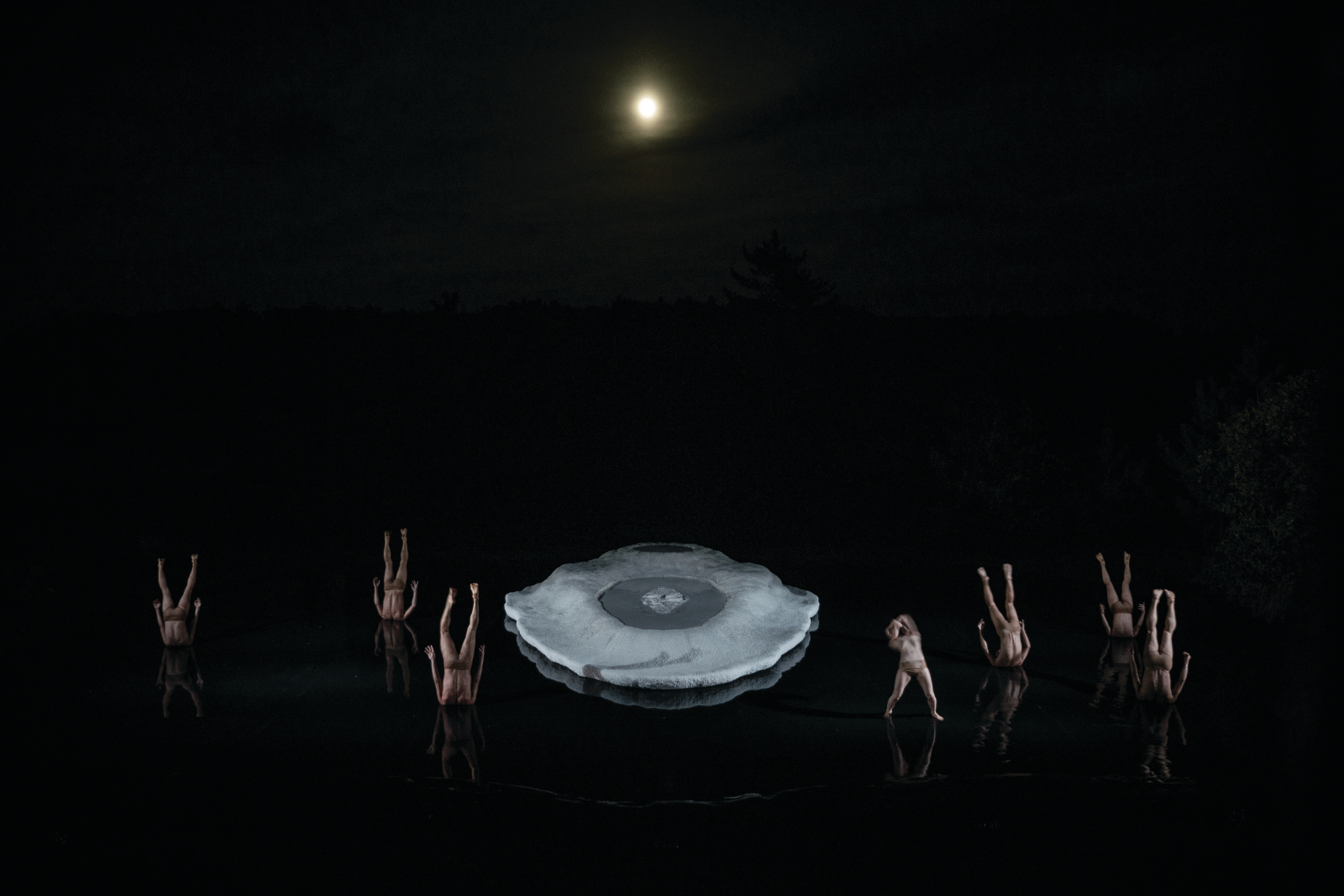
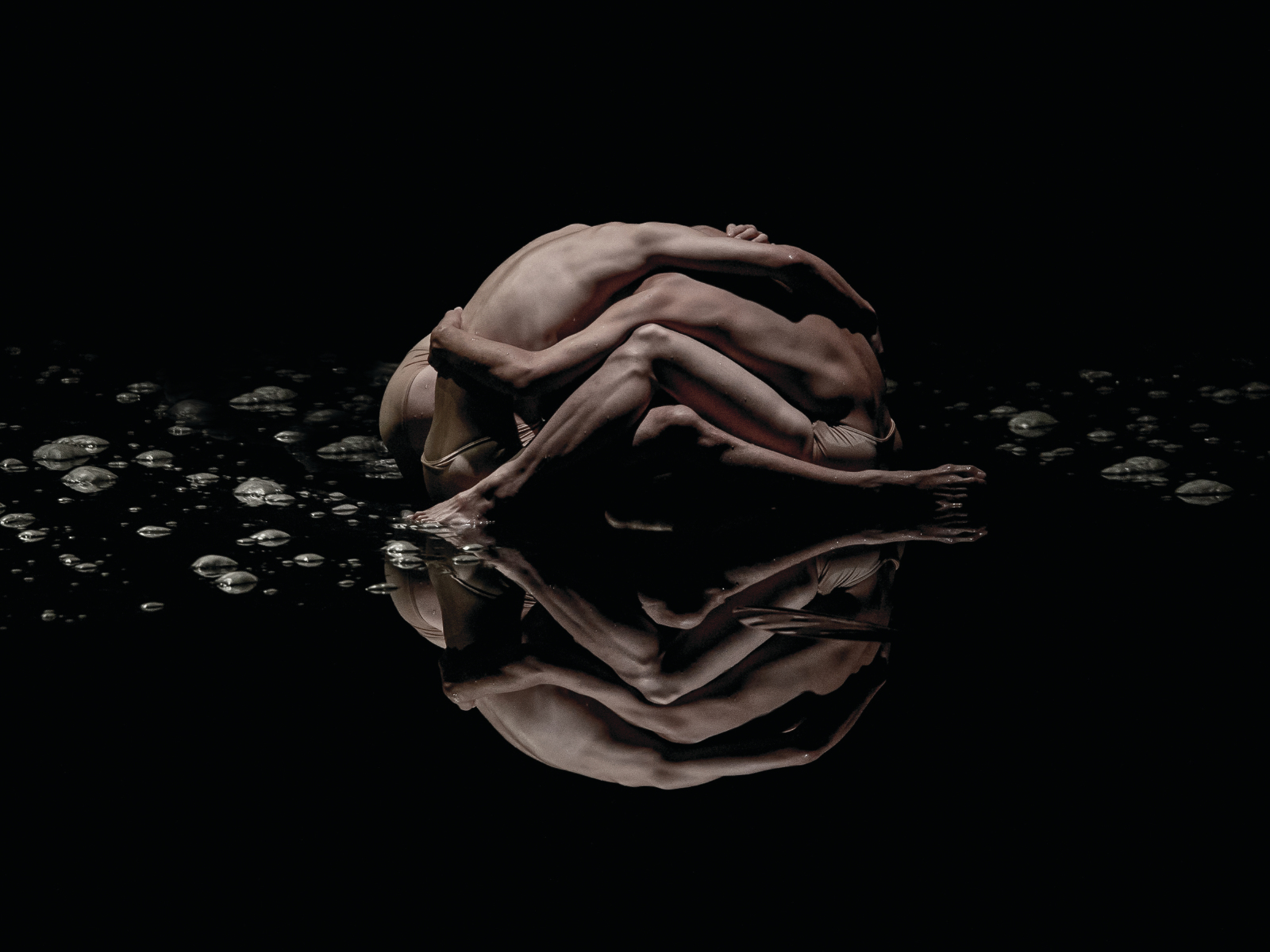
“I really love to see dance as a place of exploration, where you actually try to capture something that is not really conscious.”
Read More
“Where we stand in space defines the way we move” from We Love Arabs.
Read More
photo provided by Cheryl Stock
Associate Professor Cheryl Stock PhD AM, has had a diverse and influential career with the common theme of dance running throughout. Cheryl has worked as a dancer, choreographer, academic, teacher and advocate.
Cheryl has created over 50 dance works and has been a pioneer in collaborative exchanges with Asia, of particular note is her work in Vietnam. This resulted in her PhD, Making intercultural dance in Vietnam.
Cheryl has choreographed for Australian Dance Theatre, Australian Opera, Vietnam Opera Ballet Theatre, Footnote Dance Theatre (New Zealand), Dancenorth, along with many other independent projects nationally and internationally.
In 1985, Cheryl became the inaugural Artistic Director of Dance North (now written Dancenorth). Cheryl helped put the Townsville based company on the map. This legacy can be seen through incredible dancers like Samantha Hines, who was recently profiled on Delving into Dance.
As a researcher Cheryl has made an enormous contribution to academic and sector wide discourse. She has presented at endless conferences around the globe, published extensively and has nurtured many students. Between 2000–2014 Cheryl was Associate Professor in the Creative Industries Faculty of QUT. In 2016, she was appointed the Head of Cultural Leadership at NIDA and Director, Graduate Studies.
Cheryl was National President of Ausdance between 1996-2000 and was elected as Secretary General of the World Dance Alliance (WDA), in 2009.
Cheryl’s long list of achievements include being a recipient of the Australian Dance Lifetime Achievement Award (2003) and Order of Australia (2014). She was honored by the Vietnamese government for Services to Dance in Vietnam and the other for Services to the Women’s Movement (1995).
Read more about female leadership in dance from Jordan Beth Vincent.
This episode is part of a special season Ancestors & Anecdotes, in partnership with Ausdance Victoria. Find the other episodes here.
Delving into Dance relies on donations to continue. Tristan Meecham’s recent donation has helped pay for the latest website update. Tristan thank you for your support in archiving and preserving the amazing legacy of people like Cheryl Stock.

Archival photo by Shirley McKechnie
Shirley McKechnie’s influence on Australian Dance is extraordinary. Shirley trained with Daisy Purnitzer, a former member of Gertrude Bodenweiser's Company. In 1963, Shirley founded the Contemporary Dance Theatre of Melbourne.
After traveling abroad on a trip funded by the Theatre Board of the Australia Council, Shirley returned, founded and directed the first degree course for dance studies at Rusden College (now Deakin University), in 1975.
She co-founded the Australian Association for Dance Education (A.A.D.E) with Dr. Warren Lett, Dame Peggy van Praagh and Donna Greaves, in 1977. The association was later renamed Ausdance. Ausdance became the peak national body for dance advocacy.
Shirley has been at the forefront of many incredible initiatives that have helped to establish the Australian Dance sector. Including:
Helping found Tasdance in 1981; being the founding chairperson of the Tertiary Dance Council of Australia (1985–86); as a researcher for the National Library of Australia (1980s–90s); National President, Ausdance (1992 – 94); founder of Green Mill Dance Project (1993 – 97); being awarded the first Australian Research Council grant for choreographic research (Unspoken Knowledges, 1998–2000);
Shirley has had a much celebrated career receiving numerous awards including Order of Australia (1987), the Kenneth Myer Medallion for the Performing Arts (1993), the Ausdance 21 Award for outstanding and distinguished service, and two Australian Dance Awards, including that for Outstanding Achievement in Dance Education (2001). Shirley was also elected an honorary fellow of the Australian Academy of the Humanities in 1998.
Read more about female leadership in dance from Jordan Beth Vincent.
This episode is part of a special season Ancestors & Anecdotes, in partnership with Ausdance Victoria. Find the other episodes here.
If you have enjoyed this episode and you want to continue to hear a diversity of dancers and dance makers experiences, leave a contribution. With arts journalism around the world in decline, now more than ever, platforms like Delving into Dance are critical in providing artists a space to talk about their work to a dedicated audience, while also archiving their experiences.
This season produced in partnership with Ausdance Victoria.

credit: Fieldworks.JPG
Elizabeth Cameron Dalman has frequently been described as the high priestess of Australian dance. Elizabeth trained in both classical ballet and modern dance with Nora Stewart, later obtaining a Masters of Creative Arts degree from University of Wollongong.
Elizabeth left Australia in 1957, continuing her studies in Europe, London and New York. She studied with Martha Graham, James Truitte, Murray Louis and Alwin Nikilais.
In 1965, Elizabeth founded the Australian Dance Theatre. As the artistic director she introduced Australian audiences to a diverse range of works including: Hallucinations (1966), This Train (1966), Landscape (1967), Sundown (1967), Sun and Moon (1968), Homage to Boticelli (1969), Creation (1969), and Release of an Oath (1972). The company toured internationally, including to Italy, Switzerland and Holland (1968), through South East Asia, India and Papua New Guinea (1971), and to New Zealand (1972).
Her works were innovative and often controversial, introducing her dancers to visual artists, composers, writers and a range of other artistic disciplines. These types of collaborations were unique for their time, challenging preconceptions about dance as an art form and what was possible into the future.
In 1975, Elizabeth’s career changed sudden change in ADT restructuring and became an independent artist throughout Europe for 10 years.
Elizabeth has continued dancing and challenging ideas that dance is just for the young. Elizabeth is a central feature in Sue Healey’s incredible film En Route. Elizabeth is currently Director of Mirramu Creative Arts Centre and also the Artistic Director of Mirramu Dance Company and WEEREEWA – a Festival of Lake George Inc.
Elizabeth completed her doctorate at the University of Western Sydney in 2012 with a thesis entitled The Quest for an Australian Dance Theatre.
Elizabeth was awarded an OAM in 1995 for her contribution to contemporary dance in Australia and received a Lifetime Achievement Award at the Australian Dance Awards in 1997.
Activist, visionary and all-round inspiration.
Read more:
Read more about female leadership in dance from Jordan Beth Vincent.
This season produced in partnership with Ausdance Victoria. This episode is part of a special season Ancestors & Anecdotes, in partnership with Ausdance Victoria. Find the other episodes here.
If you have enjoyed this episode and you want to continue to hear a diversity of dancers and dance makers experiences, leave a contribution. With arts journalism around the world in decline, now more than ever, platforms like Delving into Dance are critical in providing artists a space to talk about their work to a dedicated audience, while also archiving their experiences.

credit archival documentation courtesy of Eleo Pomare Productions
Carole Johnson's legacy is incredible. Carole grew up in Philadelphia, USA where she discovered her love for dance. She trained in ballet under Sydney Gibson King and later with British choreographer Antony Tudor. Carole graduated from the Juilliard School in New York in 1963.
In 1966, Carole joined the Eleo Pomare Dance Company, as a dancer and an important advocate for African-American dance. Carole has danced in works including: The Angels Are Watching Over Me, Construction in Green, From the Soul, as Bessie Smith in Gin, Woman, Distress and as Angela Davis in Jailhouse Blues.
Carole first visited Australia in an important time for the fight for rights and recognition of Australia’s First Nations people. It was in 1972, when the Eleo Pomare Dance Company performed for Adelaide Festival, that Carole was exposed the huge inequities in Australia between First Nation Australians and the rest of the population. While in Adelaide Carole was asked by the Australia Council for the Arts' Indigenous Officer, Jennifer Isaacs, to teach some dance workshops in the significant urban centre for Indigenous Australians, Redfern, Sydney. Carole’s advocacy and activism started in earnest, developing a deep appreciation and respect for Indigenous Australians.
Carole was the founding director of the National Aboriginal and Islander Skills Development Council (NAISDA). Through a deepening relationship formed over a decade Carole worked with Yirrkala people from the Northern Territory and the Lardil people from Mornington Island (Kunhanha). In 1989, Carole founded the now world renowned Bangarra Dance Theatre.
Carole Johnson was inducted into The Australian Dance Awards the Hall of Fame in 1999 for her work with NAISDA Dance College, AIDT and Bangarra Dance Theatre. Carole was also awarded an Australian Government Centenary medal recognising her contribution to Australia’s Indigenous community in 2003.
You can find out more:
Read more about female leadership in dance from Jordan Beth Vincent.
This season produced in partnership with Ausdance Victoria. Delving into Dance is completely self-funded. If you have enjoyed this episode please consider leaving a donation. Contributions keep this little project going strong, and are the only source of funding for this project.
‘We value everyone equally, but you know, of course each person has a role to play in the team that's been created, but no one is, you know, less valuable than another.’
‘My daughter Billie, she was in rehearsal today. My son Archie grew up the first two or three years of his life, like, on tour with me when I was with Bangarra Dance Theatre and just being in the artistic environment and being surrounded by people is such a beautiful gift, I think, that I can give to them as well.’
‘When I'm making dance and when I think about choreography or art, I often relate my early childhood experiences to the things that I make now as well.’
‘I guess for a lot of people, ballet is still very much an evolving, developing language. I think people think it was probably stuck in a time and hasn't progressed. But modern ballet is very challenging and arresting and it's finding new ways of working with an old structure.’
I used to say for a long time that I thought the dance was the Prozac of the art forms. […] there is an aesthetic that dominates our work, often complex or ugly or difficult issues are glossed over because people are pointing their feet and look very lovely.
“What I love about the dance world is that it has the possibility of bringing together so many different cultures, so many different people, beliefs, ways of thinking, ways of being in a space … we always find a common ground and a way to exist and support one another and to create something really beautiful”
“There is something about sharing something with somebody, or about teaching somebody something that allows space for a conversation that you might not normally have.”
“I try to make the ballet world a lot more colourful, diverse and a lot more inclusive.”
“The fact that the sexual undertone, or the desiring undertone that a lot of dance is operating through, for me it was very important to make it explicit. To actually say ‘okay part of what is happening here is a question of desire, it is a question of being stimulated physically. Then there are many different levels or layers of this happening of course. In my work it was about saying, we have to recognise that these underlying structures are there, and if we recognise it and even expose it explicitly then maybe we can actually look at for something else or question ourselves….”

This interview is with Shelley Lasica, daughter of pioneering Melbourne dance choreographer and teacher, Margaret Lasica (1926-1993). Shelley herself is an amazing contributor to the performing arts scene as a successful choreographer and performer.
Born in Vienna, Margret migrated to Australia with her family in 1939. During the 1940s, Margaret studied with Ruth Bergner. Bergner’s work had a political and social undercurrent, drawing upon European and Jewish dance traditions to create modern dance performances. Margret drew influence from Bergner’s work.
In 1967, she founded the Modern Dance Ensemble (MDE). MDE performed up until 1981 and then intermittently until 1990. Margret is noted in history as a dancer, choreographer and teacher. Her teaching was exceptional and she fostered a range of incredible talent. Margret was a significant influence on Lloyd Newson, who went on to establish DV8 in the UK.
During her life Margret sought to document the history of Modern Dance in Australia. This is collated in the National Library of Australia’s manuscript collection: Margaret Lasica Papers. The University of Melbourne also holds The Margaret Lasica Collection; a collection of books, journals and ephemera relating to her life.
Margret died in 1993, leaving behind an amazing legacy.
This is a warm and detailed interview covering Margret’s career and ongoing legacy through the recollections of Shelley. Interview conducted by: Jonathan Homsey from Ausdance Victoria.
Read more:
This episode is part of a special season Ancestors & Anecdotes, in partnership with Ausdance Victoria. Find the other episodes here.
This season produced in partnership with Ausdance Victoria. Delving into Dance is completely self-funded. To continue providing a platform for amazing choreographers and dancers. Please consider leaving a contribution. Every contribution helps this project continue, reaching an audience of 10 000 people.
"It is easier to change an aesthetic rather than a physical form, so by having different bodies on stage you then start to change the aesthetic, which then starts to change peoples perspectives."
Read More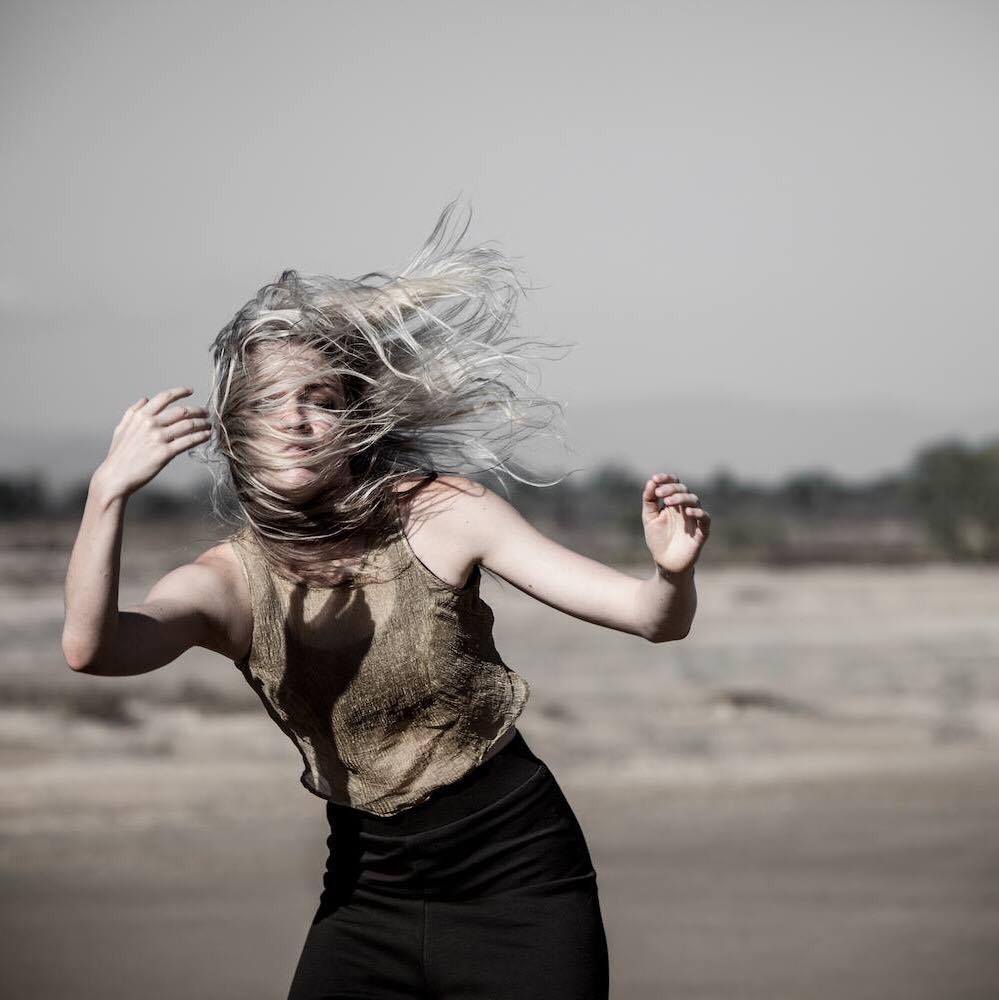
Photo Amber Haines
“the weirder you are the more unique you move, the more you are going to get hired for that role”
Read More“I think when people are exposed to something, like queer dance or queer art, it can either trigger two things: it can firstly make them want to learn or understand it, or secondly, they refuse it because it scares them. I think both actions can trigger change.”
Read More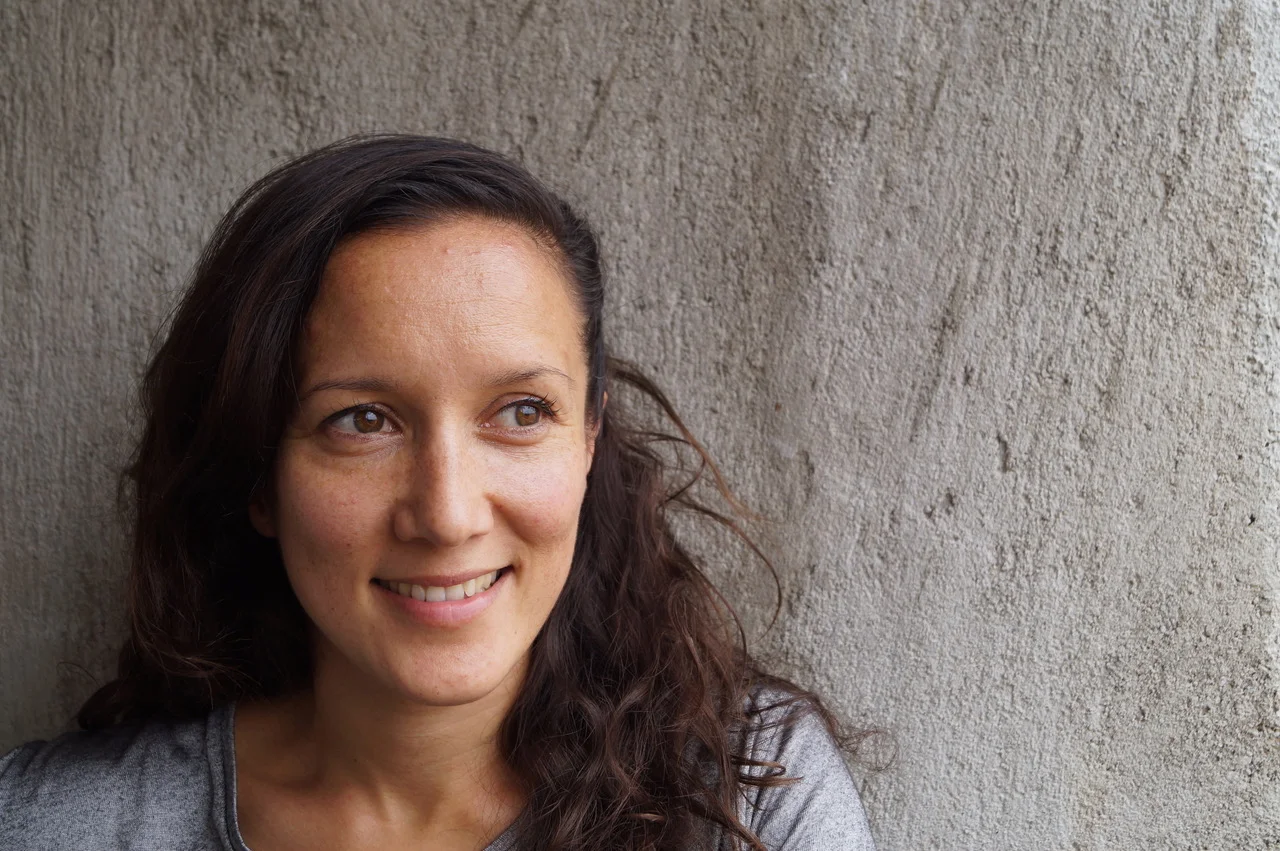
“Dance has that very exclusive possibility to express something physically, something that other forms aren’t able to express….watching a body go through some kind of negotiation, experience or sensation, which as an audience you can share”
Read More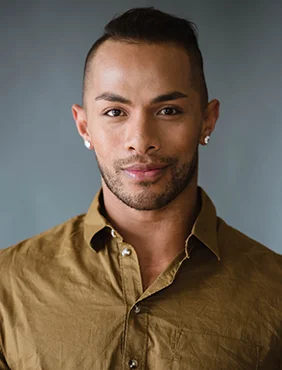
"Being Indigenous now means you are influenced by not only your traditional heritage but by pop culture, western education, sexuality … there are so many things that influence us now as Indigenous peoples. So from my point of view, that’s where my work comes from, that point of diversity"
"Being Indigenous now means you are influenced by not only your traditional heritage but by pop culture, western education, sexuality … there are so many things that influence us now as Indigenous peoples. So from my point of view, that’s where my work comes from, that point of diversity
Read More
“People say to me, ‘are you still dancing’, and I go ‘well what is dancing? What does dancing mean, I go into the studio and put music on?’ Maybe I dance when I play with my niece. […] we are sort of dancing everyday aren’t we?”
Read More
“I am interested in how we talk about dance. Because: a. I think many people are scared about it, they don’t really understand it. b. we don’t often, really get to uncover it, and talk about it much. ”
— Sue Healey
Read MoreDelving into Dance is free to anyone who wants to learn more about dance, to continue to provide high quality content we rely on the generous contributions of listeners.